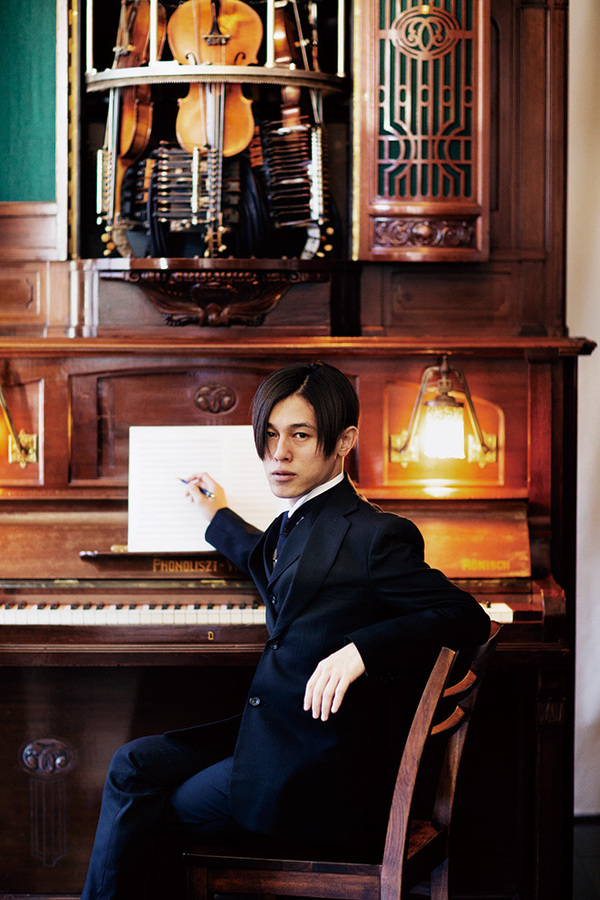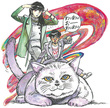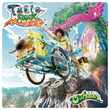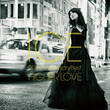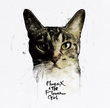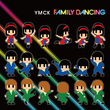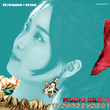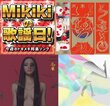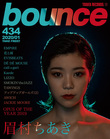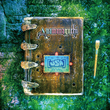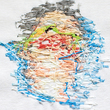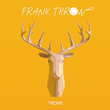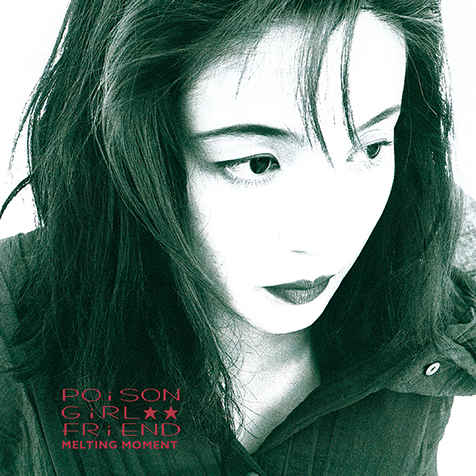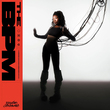DE DE MOUSE "farewell holiday!"
Interviewed and written by Daisuke Sawada
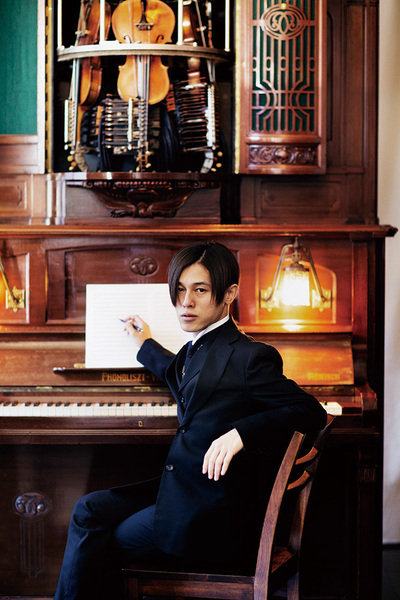
DE DE MOUSE’s Music Journey Continues Forever
This is totally in DE DE MOUSE’s style, but also completely different from what he’s done in the past. DE DE MOUSE has released his first original studio album in three years, “farewell holiday!,” which has an organic feeling woven by ensembles of old-timey jazz or cartoon music combined with child voice samples. In this album, he depicts a world that reminds us of the holiday season or amusement parks based on his overly fantasy-oriented point of view he has had since his debut. However, the occasionally-violent electro beats that colored his past numbers cannot be seen anywhere.
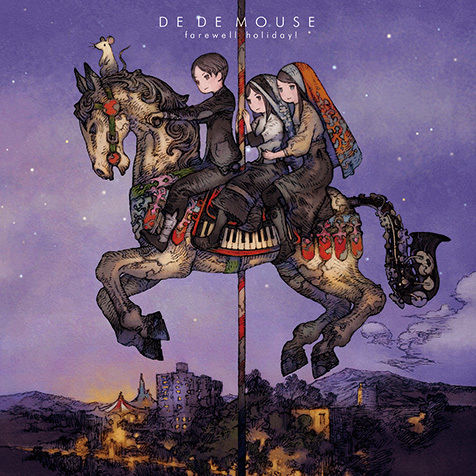
“I was vaguely thinking of making some music that I get excited listening to myself, and realized that what I was seeking was the light music from the 40s to the 50s. The kind of music like Leroy Anderson’s ‘Sleigh Ride,’ a popular music number that everybody knows but no one knows who made it. I was like, ‘This is it!’ Also the Great East Japan Earthquake had a big impact on me. At that time, it came to me that ‘I’m not able to do anything if there is no electricity.’ So I wanted to create something that I could transcribe onto sheet music and still makes sense as music even when played by someone else.”
Throughout the album, which started with such an idea, are rich and beautiful sounds of acoustic instruments such as horn and string instruments. However, those sounds are not from the actual musical instruments played live. He created all the tunes by electronic programming.
“If I make my music in a completely light-music manner, I’ll lose my originality I’ve built until now. For me, it’s essential to make music by programming. Also, none of the phrases are sampled and I programed each single sound, so to me, this is techno.”
In other words, this album is his presentation of electronic music with an approach that he had never taken before. We also get an impression that there was a fundamental change, not only in his sound but in his track-making style. Even though the dreamy scenes are still there in his music, it feels like he avoided his signature DE DE MOUSE style of melodies and tones, and depicted those scenes in a different manner.
“First I tried sealing my routine, but then sometimes went back to it. As a result, I rearranged each number two or three times. I used to write the melodies relying on my feelings, but this time, I thought very carefully about which sound I should put after a certain sound. I even added some dissonance on purpose. I didn’t aim for a perfectly harmonious arrangement, which I think is just boring.”
The collection of those pieces that have been composed slowly and carefully, bears even more approachable expression and has a universality that makes it enjoyable for anyone. That’s totally true, but something is strange. There are no melodies at the center of some numbers, and some tunes unfold in an unexpected direction. There are the moments that DE DE MOUSE slightly departs from the theory of conventional pop music here and there, creating a peculiar addictiveness in his music.
“The voice samples do not move but the phrases of the background instrument do. It’s the instruments that are singing. The biggest difference is that I stopped the arrangements of repeating 8-bar loops. The form is changing so fast that you can’t guess what’s coming next. But I didn’t want to make anything obviously odd. I wanted something that will work on the listeners gradually while they listen on feeling ‘I kinda like this.’ Once you step into this world, you can’t get out - I laid the traps for that throughout, and I think that it is important to have the feeling of strangeness or discomfort.”
“It also has an implication of being antithetic to the electronic music scene.” – From the way he expresses such view with his profoundly charming and smart pieces of work, we can tell that this is also about his pride of being DE DE MOUSE. It’s no doubt that this album, which has alternative radicalness and potential to become his immortal work, will become a milestone in his career.
“This will be the first album that I would confidently introduce to someone who doesn’t know anything about me, saying ‘I make music, so please listen to this album.’ I’ve been a big fan of Studio Ghibli for a long time, and this is the one I really want Hayao Miyazaki (Japan’s greatest animation director who founded Ghibli) to listen to. I’m glad that I released this album at this time of my music career, which I hope will go on for decades to come, and going forward, I will work even harder to receive recognition for this.”
The album comes with a card with which you can access a special website, where you can download a remixed/rearranged version of one of the songs on the album every month. That means this album will reach completion only when all of those numbers come out. He smiles and says, “I haven’t started it yet, so I don’t know what kind of music I’ll be adding there.” Let’s look forward to see what kind of a piece this “farewell holiday!” will grow into over the coming year.

